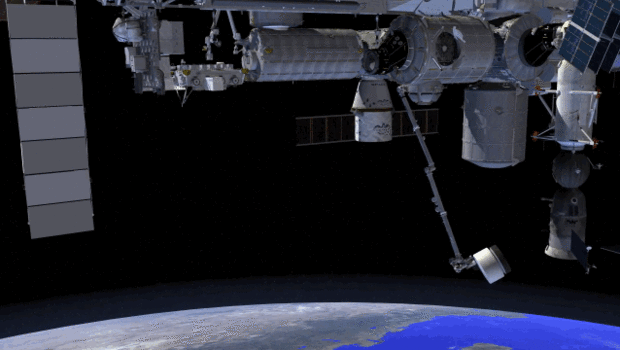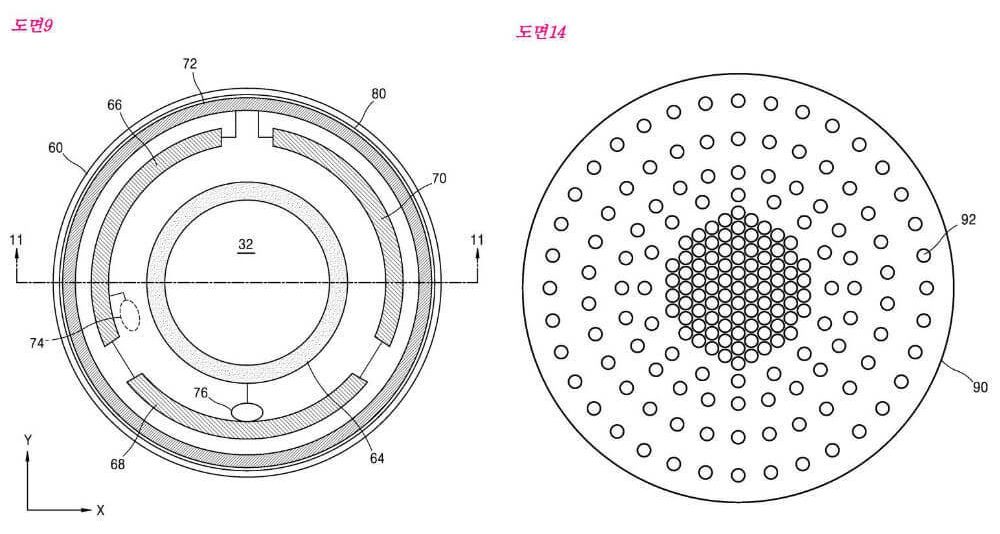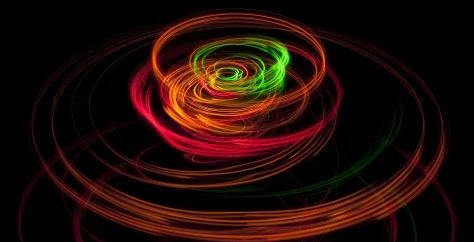The idea of inflatable space habitats has been around for as long as the idea of space travel. Now, one is finally on its way to the ISS.
“Misinterpreting signals to make them consistent with a pre-determined outcome is, psychologists tell us, a common phenomenon in human nature. Unfortunately, it is also a frequent dynamic in modern financial markets, particularly when it comes to sustainability.”
In an ever expanding universe of wearables, Samsung is doing its best to keep all bases covered. Today, the publication of a patent application shows the company is developing smart contact lenses.
The patent application, filed in South Korea, shows a contact lens equipped with a tiny display, a camera, an antenna, and several sensors that detect movement and the most basic form of input using your eyes: blinking.
Satellite manufacturing today is a lengthy, meticulous process; its high tech nature, and the cost in time and money make advances slow compared to sectors like the mobile industry. But an explosion in demand for connectivity and other space services is driving the need for ever-more capable satellites. It is at this crossroads, that bold new ideas are being forged.
Dear Friends,
This month we at the MMTP are launching our crowdfunding campaign on Lifespan.io. Our Senolytics research is very important to the field of aging and longevity research and if we successfully raise sufficient funds, we will be ready to make a significant impact on aging!
We are seeking like minded groups and organisations to show their support, by becoming our official supporters. Showing your support means your logo will be displayed on some of our official media and website, demonstrating you are standing with us to get this vital work underway.
If you want to get involved beyond donating to our crowdfunding, please get in touch with us at [email protected] or contact us directly on our facebook page.
We have a very real opportunity to change how we age, be part of that change!
SpaceX started with a plan to send mice to Mars. It got crazier from there.
In late October 2001, Elon Musk went to Moscow to buy an intercontinental ballistic missile. He brought along Jim Cantrell, a kind of international aerospace supplies fixer, and Adeo Ressi, his best friend from Penn. Although Musk had tens of millions in the bank, he was trying to get a rocket on the cheap. They flew coach, and they were planning to buy a refurbished missile, not a new one. Musk figured it would be a good vehicle for sending a plant or some mice to Mars.
Ressi, a gangly eccentric, had been thinking a lot about whether his best friend had started to lose his mind, and he’d been doing his best to discourage the project. He peppered Musk with links to video montages of Russian, European, and American rockets exploding. He staged interventions, bringing Musk’s friends together to talk him out of wasting his money. None of it worked. Musk remained committed to funding a grand, inspirational spectacle in space and would spend all of his fortune to do it. And so Ressi went to Russia to contain Musk as best as he could. “Adeo would call me to the side and say, ‘What Elon is doing is insane. A philanthropic gesture? That’s crazy,’” said Cantrell. “He was seriously worried.”
Planes Drop Seed Bombs
Posted in sustainability
A strange new property of light, which correlates the spin of a light wave’s electric field with its momentum, could usher in a new age in photonics.
A new discovery links the spin and momentum of light waves, and could mean a major advance in the development of new photonic and spintronic devices.
Scientists from Purdue University have discovered a property of light waves called “spin-momentum locking,” which means that a rotating electric field accompanying light moves in a certain direction according to the photons’ momentum. In other words, light waves spinning counterclockwise move only “forward,” those spinning clockwise move only “backward.”









